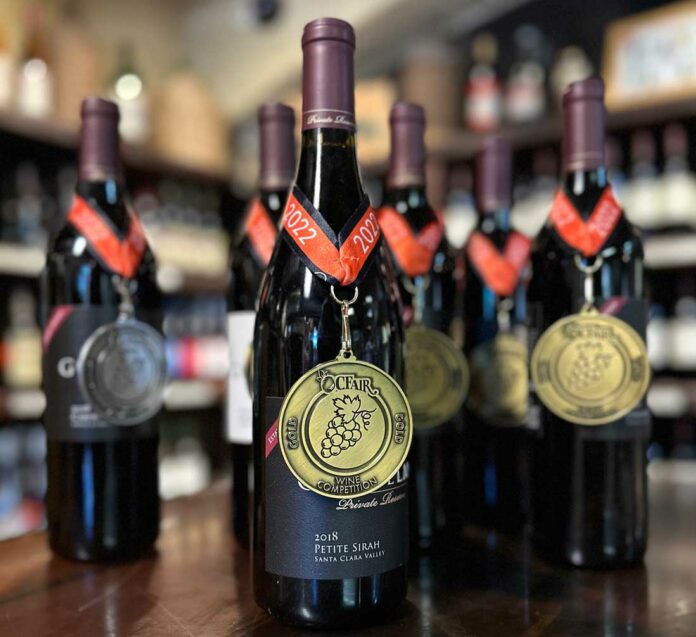
I hear this question a lot: are our local wines as good as Napa’s? OK, that’s a fair question.
Let’s start all this with the fact Napa is considered one of the greatest wine making regions in the world. Period! Italian, Spanish, Croatian, etc… wines can be great but you always seem to hear it’s Napa versus France when it comes to quality wine; they are arguably the best.

So, what makes Napa’s wines, or any wine, great? It’s as simple as the earth you walk on and the air you breathe. OK, yes, you also need some serious vineyard managing and winemaking skills but you’re not going to truly impress if you don’t have the right conditions for growing great grapes, which is referred to as “fruit.”
Say you’ve scored some great grapevine cuttings (rootstock) to plant and you’ve got someone who truly knows how to coddle a grape vine, what else do you need to create the best fruit? You need a special combination of soil makeup and a climate of warm days and cool nights. If you’ve got all this you may now grow the best fruit.
But wait! We can’t just simply call all this “the rootstock, dirt, climate and care,” we must have a special name for it. We’ll call it terroir! Terroir is all that stuff.
Here’s where the Napa comparison comes back in. Many years ago I believed I noticed similarities between the Napa area and the Southern end of the bay on a map. I’m not going to do a deep dive but I think I can make a pretty good case that we share a similar terroir, therefore fruit potential, with Napa.
Let’s take a look at what Napa’s region and ours share in geological development and what influenced our soils makeup.
Both regions share a history of volcanic activity, look at Calistoga Hot Springs and Gilroy Hot Springs as active signs. We once shared the ocean floor before we were uplifted together so we have all that cool stuff, mostly dead critters, that creates a soil rich in dead stuff. The bottom of that ocean had some goo which created limestone which got uplifted further to mountain status and is eroding back down—same with volcanic rock. We get some soils from the ocean bottom mixing with the soils eroded out of our mountains and we have our special alluvium (mix of different loose soils). The good stuff!
Both regions have great soils with many similarities which typically vary across the valleys and mountains. It’s up to the vineyard manager to pick the right rootstock for the type of soil beneath their vineyard, that’s a blend of art and science that is critical.
Our regions share similar warm days and cool nights. It can get downright hot during the day but we can typically rely on similar patterns of nighttime cooling from the bay and the ocean’s cooling influence crossing the low passes in the coastal mountains. This helps develop the wonderful and necessary sugars in the fruit.
So, I make the case we have similar soils and climates so our grapes have every chance to be as good in making our wines. Right! Yes!
Napa, we’ve got the secret sauce terroir too! We have great rootstock, vineyard managers, and winemakers too and we’re right behind you and equal in many ways.
Terroir!
John McKay has been working with the local wineries and restaurants for over a decade. Promoting local wines and food has driven him to help establish the Morgan Hill Tourism Alliance and serve on the Board of the Morgan Hill Downtown Association (MHDA). Now serving on the MHDA and Visit Morgan Hill Board of Directors after spending a four-year term on the Morgan Hill City Council, John is back to promoting the community and region he loves. He can be reached at [email protected].







